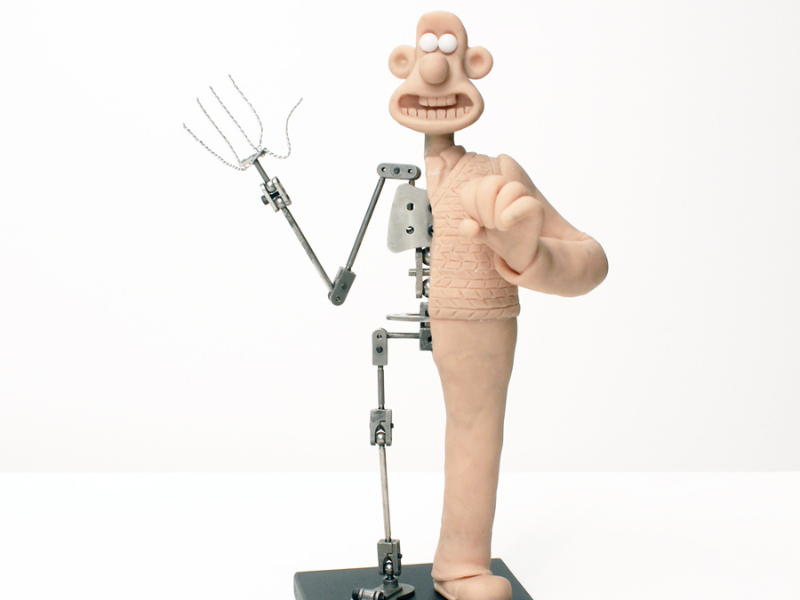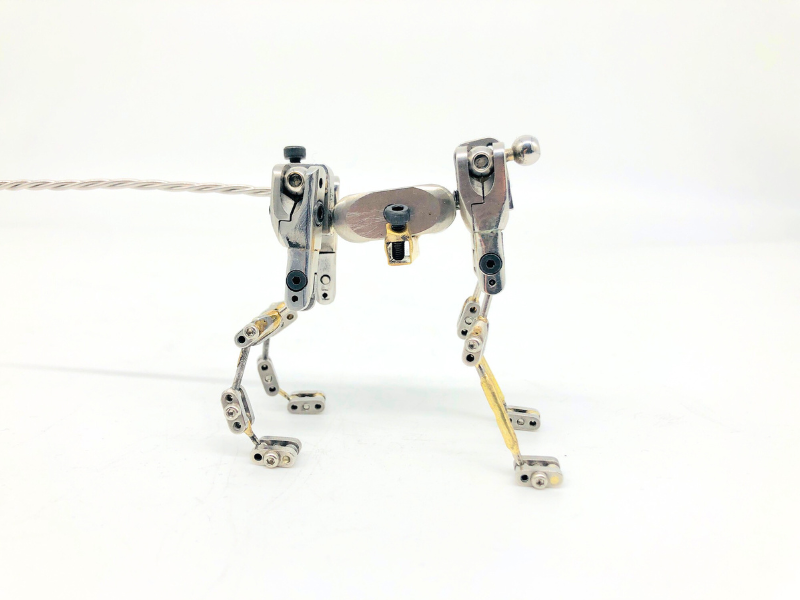Posted by Wes Wood on 24th Jun 2025
What Is an Armature in Stop-Motion Animation?
If you've ever wondered how stop-motion puppets move so fluidly frame by frame, the answer lies beneath the surface, literally. At the heart of every professional stop-motion puppet is a metal skeleton called an armature.
But what is an armature, and why is it so important in stop-motion animation?

What Is an Armature?
An armature is the internal structure or framework of a stop-motion puppet. Think of it like a miniature skeleton, it's what gives the puppet stability, flexibility, and repeatable movement.
Armatures allow animators to:
-
Pose characters with precision
-
Hold positions between frames
-
Animate complex actions (walking, talking, jumping) without falling apart
They’re typically made from metal, with articulated joints and replaceable components. High-end armatures like our Chimera or Raptor, are machined for professional use and designed to last through thousands of movements.
Types of Armatures
There are several styles of armature used in the stop-motion world:
-
Wire Armatures
-
Flexible and cheap
-
Great for students and one-off projects
-
Can break over time
-
-
Ball-and-Socket Armatures
-
Industry standard
-
Built from stainless steel and aluminium
-
Designed for high-precision animation and durability
-
Example: Cyclops Armature
-
-
Hybrid Armatures
-
Combine wire fingers with metal joints
-
Often used in character rigs for facial expressions or hand movement
-
Why Does It Matter?
Without a good armature, your puppet won’t hold its pose, and your animation becomes shaky or inconsistent. A quality armature brings:
-
Control — You move the puppet exactly how you want
-
Repeatability — The puppet holds positions frame to frame
-
Durability — Survives long shoots or school projects
Want to Get Started?
Whether you’re a beginner or a pro, Animation Toolkit has a full range of armature kits, rigs, and accessories to help you bring characters to life.



